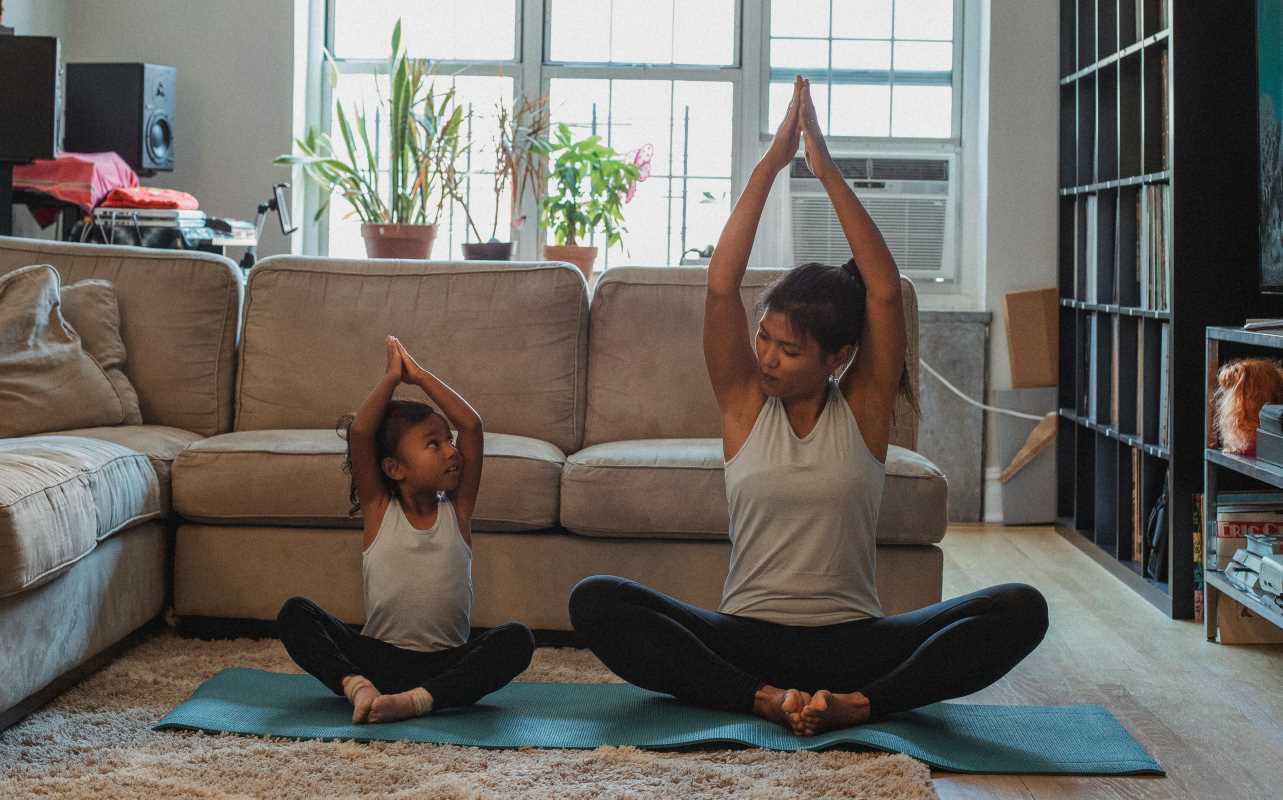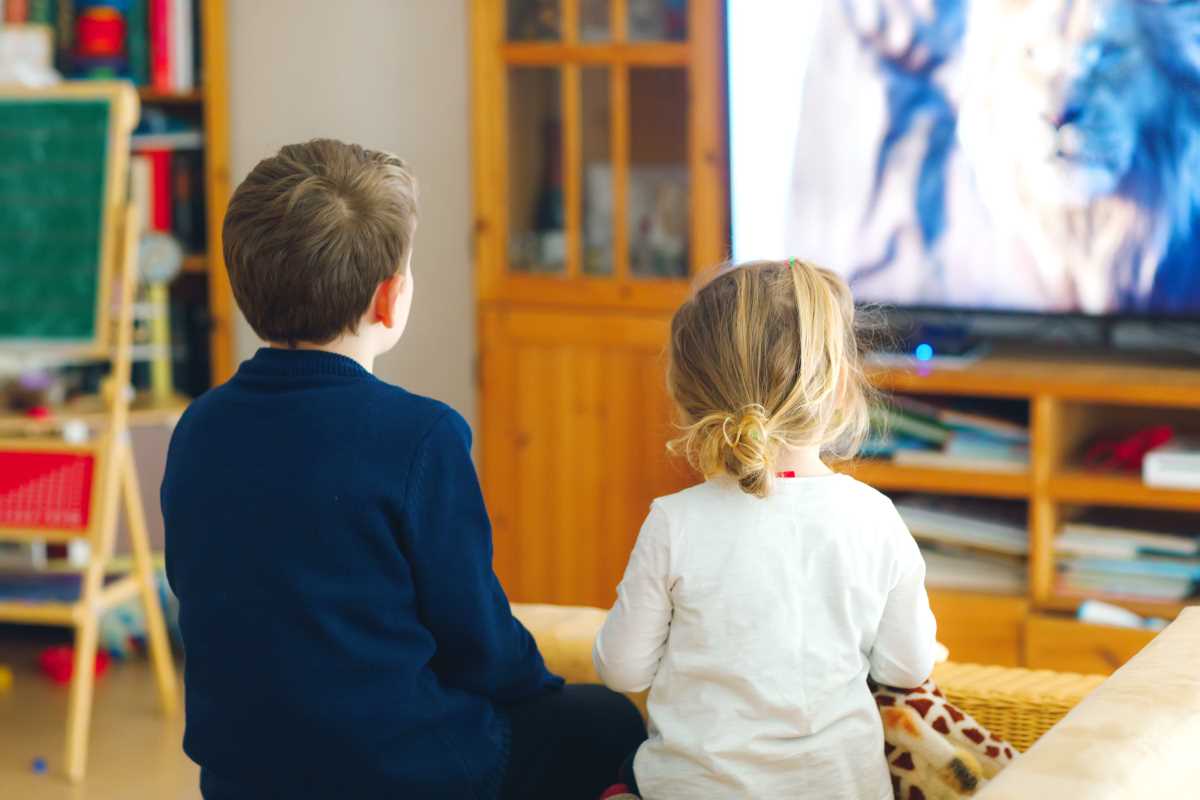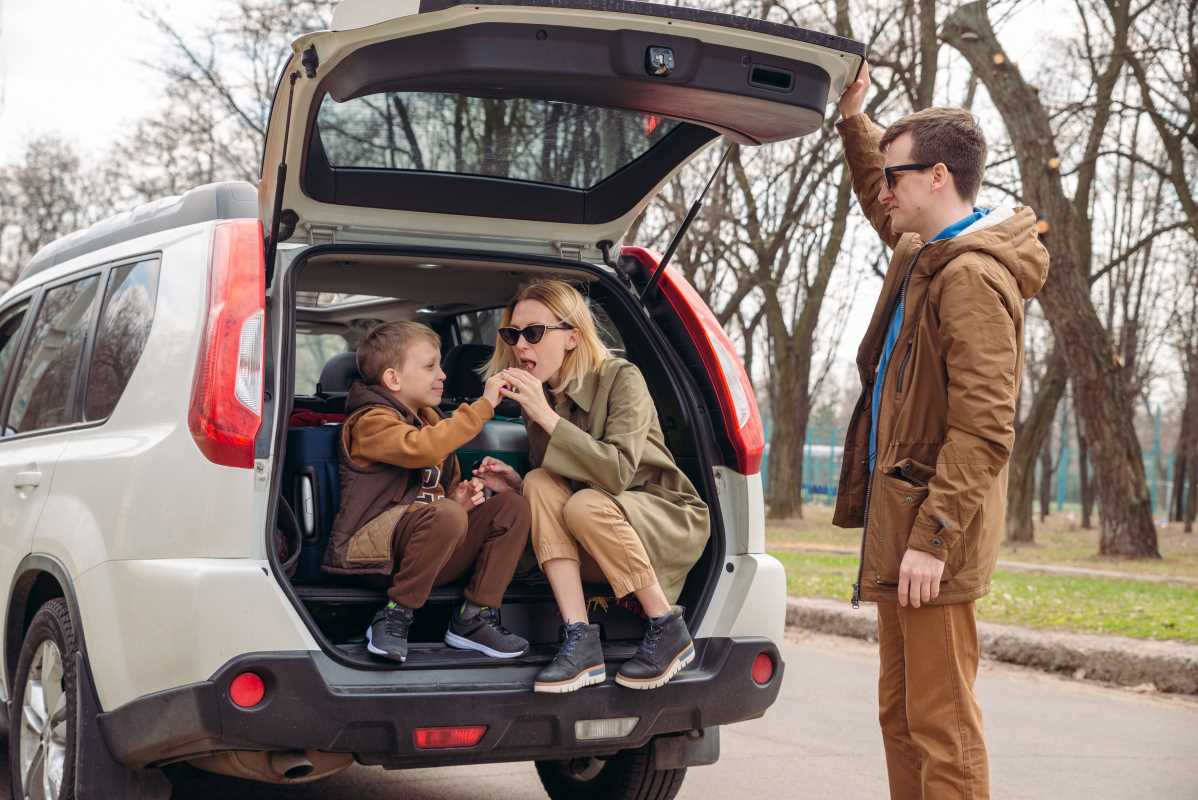Families often discover bursts of excitement when each member pursues what they truly enjoy, from tackling new adventures to learning a fun activity or diving into a lighthearted contest. Everyday routines become opportunities for shared enjoyment when everyone participates with enthusiasm and creativity. Changing up familiar tasks with a playful approach can turn them into moments everyone looks forward to, building stronger bonds and sparking genuine laughter. These small changes help transform regular days into stories worth remembering, where teamwork and joy fill the house and everyone feels part of something special.
Gather Everyone’s Playful Passions
Observe each person’s natural inclinations, from the youngest sibling’s fascination with animal footprints to a teen’s love for upbeat music that makes chores feel like dance breaks. When you tap into these unique enthusiasms, you create opportunities for movement that feel personal and exciting rather than forced or repetitive. This alignment builds a foundation for routines that draw on individual energy currents, weaving them into collective momentum.
Begin by hosting a casual brainstorming session: set a timer and have each member write down two or three active interests. Then, group similar ideas—maybe several people enjoy balancing challenges, while others thrive on fast-paced games. Finally, pick at least one idea from each group to include in weekly plans. This initial discovery process uncovers hidden talents and rare preferences, ensuring every participant finds a spark before the first warm-up.
Unlock Energizing Surprises
Surprises bring fresh energy into routines and keep anticipation alive. Swap out a routine game night for a stealth scavenger hunt that requires quick sprints and clever clues. Replace a regular evening walk with a glow-in-the-dark obstacle course in the backyard using inexpensive LED markers. These small, unexpected twists elevate an otherwise mundane sequence, creating bursts of excitement and new challenges.
Create two surprise elements weekly: one indoors and one outdoors. Gather simple materials like colored chalk, folded notes with clues, or toy cones. Mix playful competitiveness with cooperation by pairing kids with adults on mixed-age teams. Celebrate successes with small acts—perhaps awarding the winning team an extra storytime pick or a homemade smoothie. These curated surprises boost enthusiasm and refresh the routine’s sense of wonder.
Mix & Match Mini-Workouts
Balance Beam Walk
Purpose: Strengthen stability for all ages by improving coordination with targeted steps that engage the core and leg muscles.
Step-by-step instructions: Lay a rope on the ground, stand at one end, then place one foot in front of the other while arms extend sideways and take ten steps. After the first lap, turn around and repeat with eyes closed for added challenge.
Cost/Measurement: Zero-dollar setup with rope or taped line; measure success by increasing steps without missteps.
Insider Tip: Add a playful “invisible tightrope” story to boost focus and laughter.
Animal Relay Dash
Purpose: Combine sprinting with imaginative animal movements to improve cardiovascular health and encourage creative play.
Step-by-step instructions: Designate start and end points ten meters apart, assign each participant an animal action (e.g., crab walk or frog hop), dash to the marker, then tag the next teammate. Rotate animal roles after each lap.
Cost/Measurement: Minimal space needed; count completed laps in five-minute intervals.
Insider Tip: Invite participants to invent a signature animal call at each exchange, boosting teamwork and amusement.
Stack-and-Scoop Circuit
Purpose: Incorporate stacking and scooping motions for full-body engagement to develop agility and functional strength.
Step-by-step instructions: Set three low containers at one end, pile lightweight objects at the other; scoop two items per trip, deposit in container, rest ten seconds, then repeat. After three rounds, increase the object count by one.
Cost/Measurement: Repurpose items around the house; track time per round and aim to reduce it by five seconds each week.
Insider Tip: Include a friendly countdown announcer role to encourage spirited banter and pacing.
Shadow Skater Slides
Purpose: Activate glute and inner thigh muscles while boosting balance and building lateral strength and coordination.
Step-by-step instructions: Stand with feet hip-width apart, shift weight onto one leg, slide the other leg sideways for eight seconds, then return. Perform five slides per side in two sets.
Cost/Measurement: Requires smooth floor or mat; measure by the number of unbroken slides.
Insider Tip: Pair with upbeat music beats to synchronize slide tempo and keep motivation high.
Storybook Yoga Flow
Purpose: Merge gentle exercise with creative storytelling to improve flexibility and encourage mindful stretching.
Step-by-step instructions: Select a short children’s tale, pause after each scene, then guide participants through a related yoga pose sequence—tree pose when exploring woods, seated forward fold to mimic opening a book. Repeat for at least six narrative points.
Cost/Measurement: Free routine using familiar stories; gauge engagement by counting smiles or shared giggles during poses.
Insider Tip: Let youngsters suggest the next pose based on the story, sparking ownership and joyful movement.
Create a Weekly Adventure Calendar
Map out specific activities by assigning distinct energy themes for each day. For example, dedicate Mondays to balance-focused challenges, Wednesdays to quick relay games, and Fridays to open-ended exploration. Use a whiteboard or digital calendar where everyone can add icons or sketches representing that day’s highlight. This visual guide builds anticipation and ensures that each family member’s interests appear regularly.
Reserve two-hour slots for these adventures and treat them like fixed appointments. Send friendly reminders the day before and tease the upcoming surprise element. Rotate who leads a session weekly to encourage variety and share responsibility. Over time, this structured yet dynamic calendar turns into a shared playbook that keeps enthusiasm fresh and movement steady.
Encourage everyone to record brief reflections after each session, noting what felt exciting or challenging. These comments help improve upcoming weeks, making each entry more engaging. With regular check-ins, the calendar becomes a living document that celebrates growth and shared experiences.
Maintain Momentum with Rewards and Reflection
Celebrate progress with simple rewards like sticker charts and fun group treats to keep motivation high. Weekly reflections add laughter and reveal favorite activities for future planning. With small adjustments and shared moments, movement becomes a joyful tradition everyone looks forward to.
 (Image via
(Image via





